Description
Metoprolol is a prescription medication classified as a beta-blocker. It is commonly prescribed to manage high blood pressure (hypertension), chest pain (angina), and to improve survival after a heart attack. Metoprolol works by blocking the effects of adrenaline on the heart and blood vessels, which helps lower heart rate, blood pressure, and overall strain on the heart.
Metoprolol is available in two main forms:
-
Metoprolol tartrate – immediate-release tablets.
-
Metoprolol succinate – extended-release tablets.
Medical Uses
It is widely prescribed for several cardiovascular conditions, including:
-
Hypertension (High Blood Pressure): Helps lower blood pressure and reduce the risk of heart attack and stroke.
-
Angina (Chest Pain): Improves oxygen delivery to the heart and reduces chest discomfort.
-
Heart Attack Recovery: Improves survival rates and prevents future cardiac events.
-
Heart Failure: Extended-release metoprolol succinate is used to improve heart function.
-
Arrhythmias (Irregular Heartbeats): Helps maintain a regular heart rhythm.
-
Migraine Prevention: Sometimes prescribed off-label to reduce migraine frequency.
How it Works
It blocks beta-1 adrenergic receptors in the heart. This reduces heart rate, blood pressure, and the force of heart contractions. By easing the workload on the heart, it prevents complications and improves cardiovascular health.
Dosage and Administration
The dosage of metoprolol depends on the condition being treated:
-
Hypertension: 25–100 mg once daily (extended-release) or twice daily (immediate-release).
-
Angina: 50–100 mg twice daily (tartrate) or once daily (succinate).
-
Heart Attack: Initial IV dose followed by oral maintenance (usually 50 mg every 6 hours).
-
Heart Failure: Start with low doses (12.5–25 mg daily) and gradually increase under supervision.

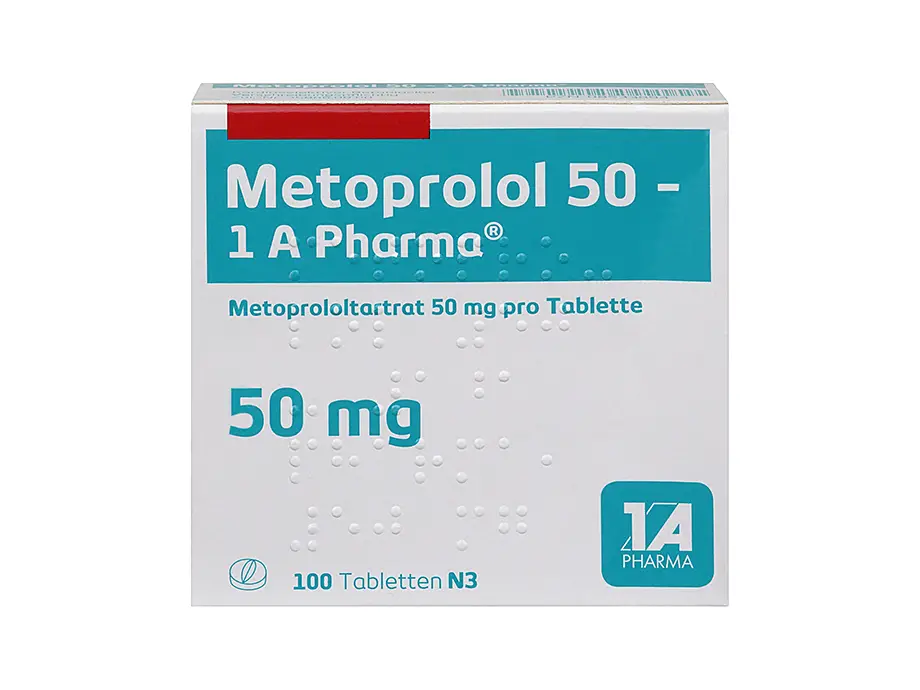
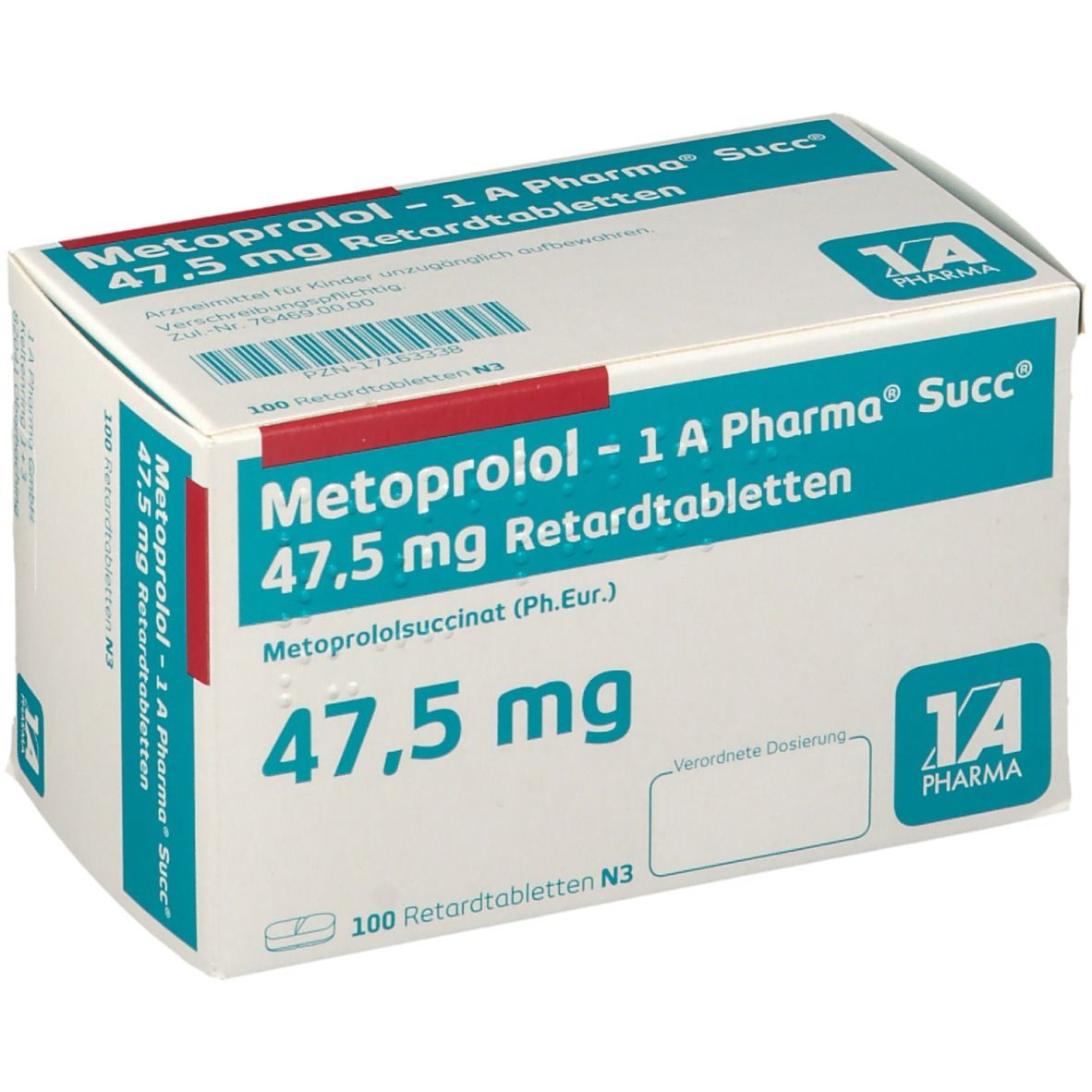
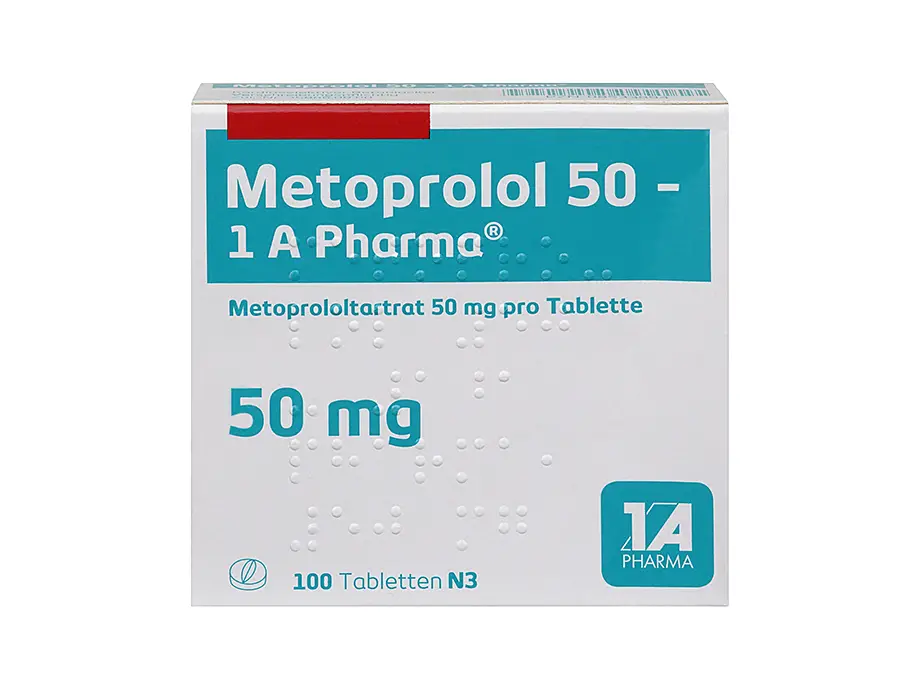
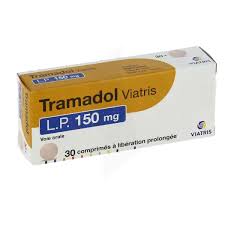
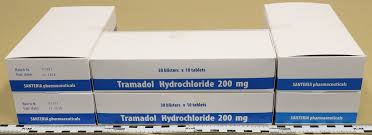
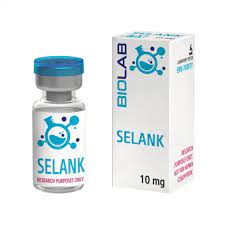
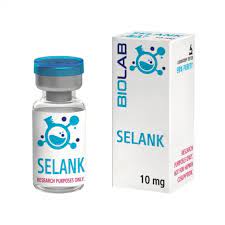
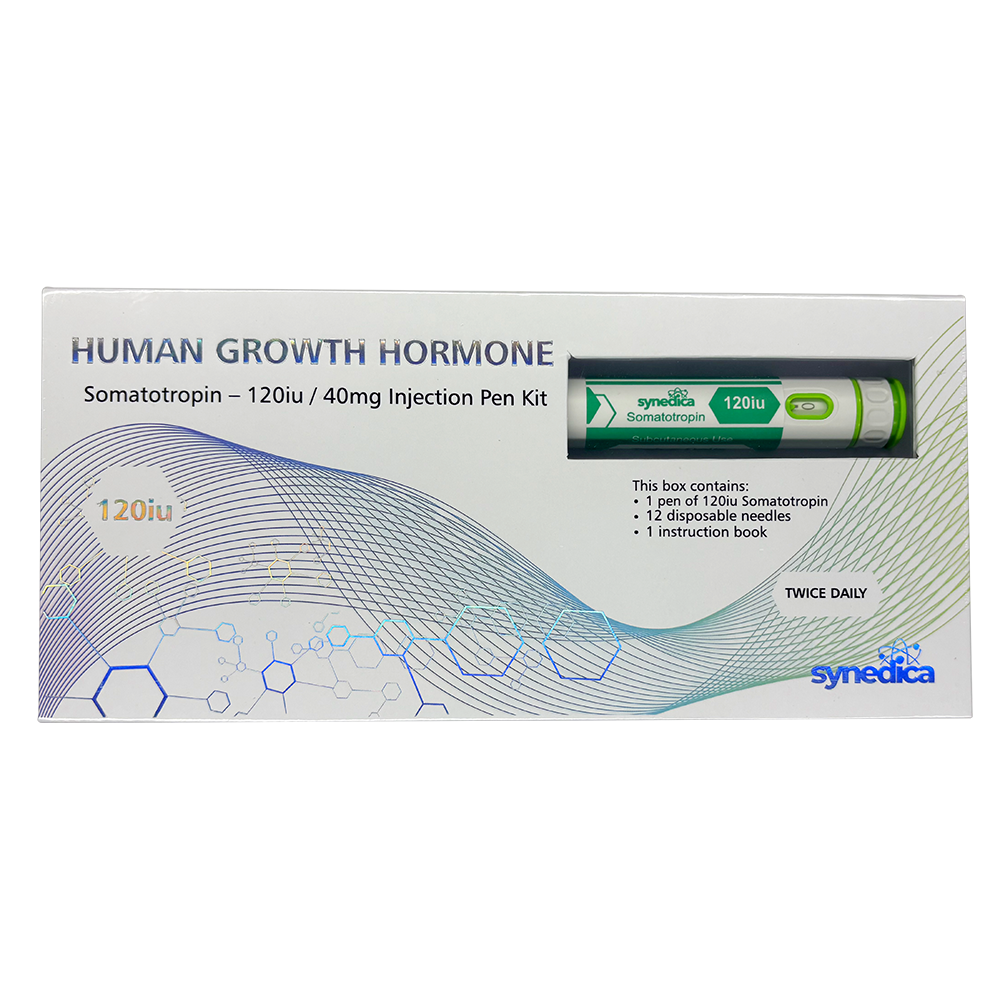
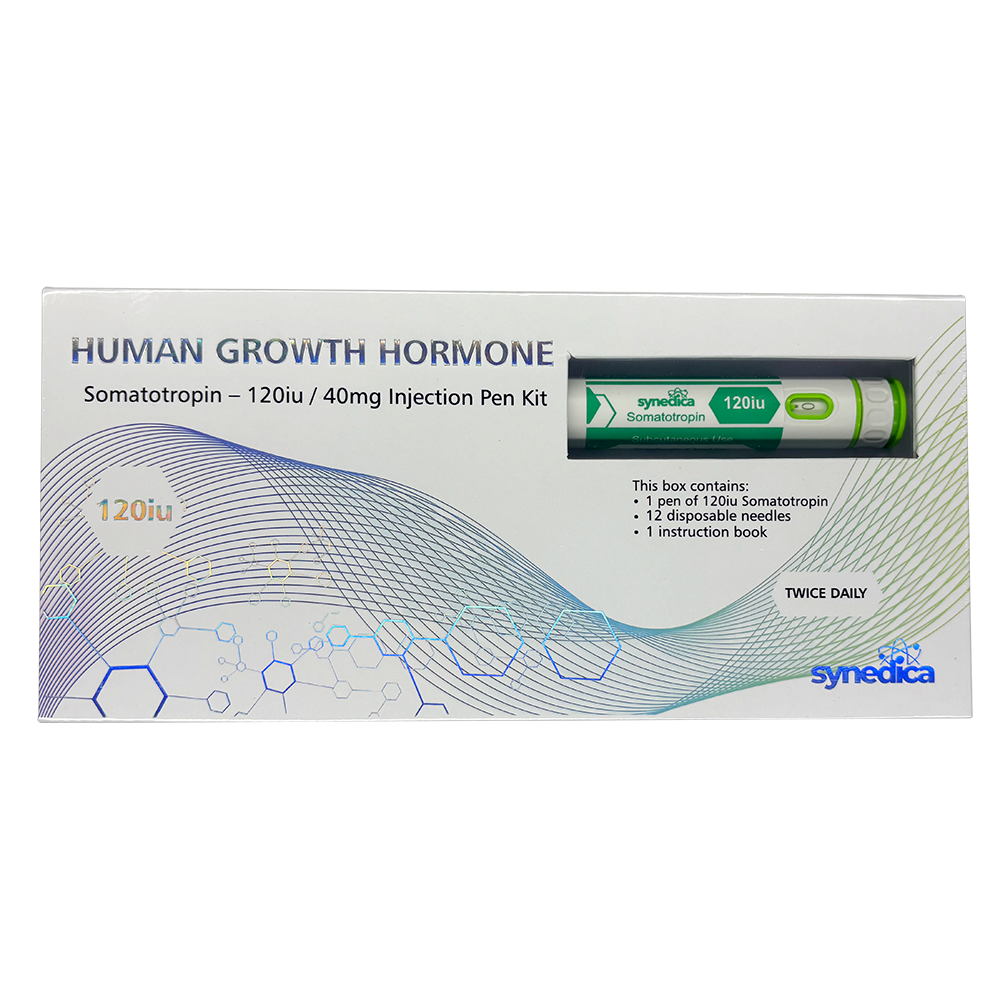
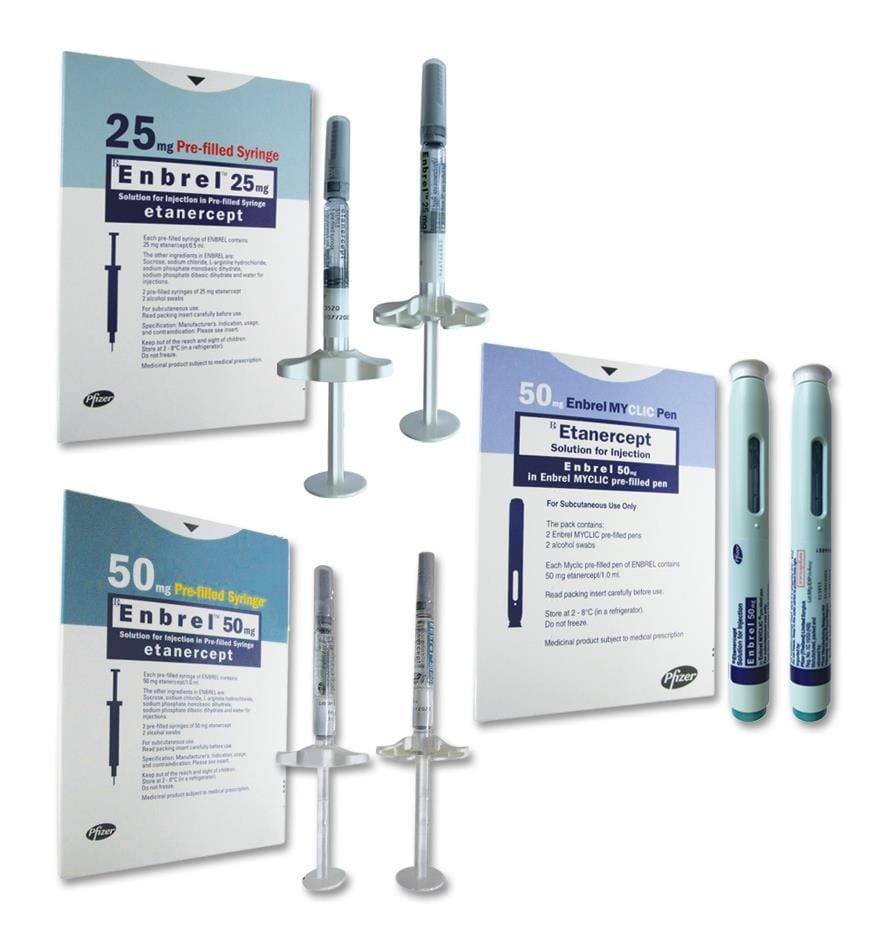
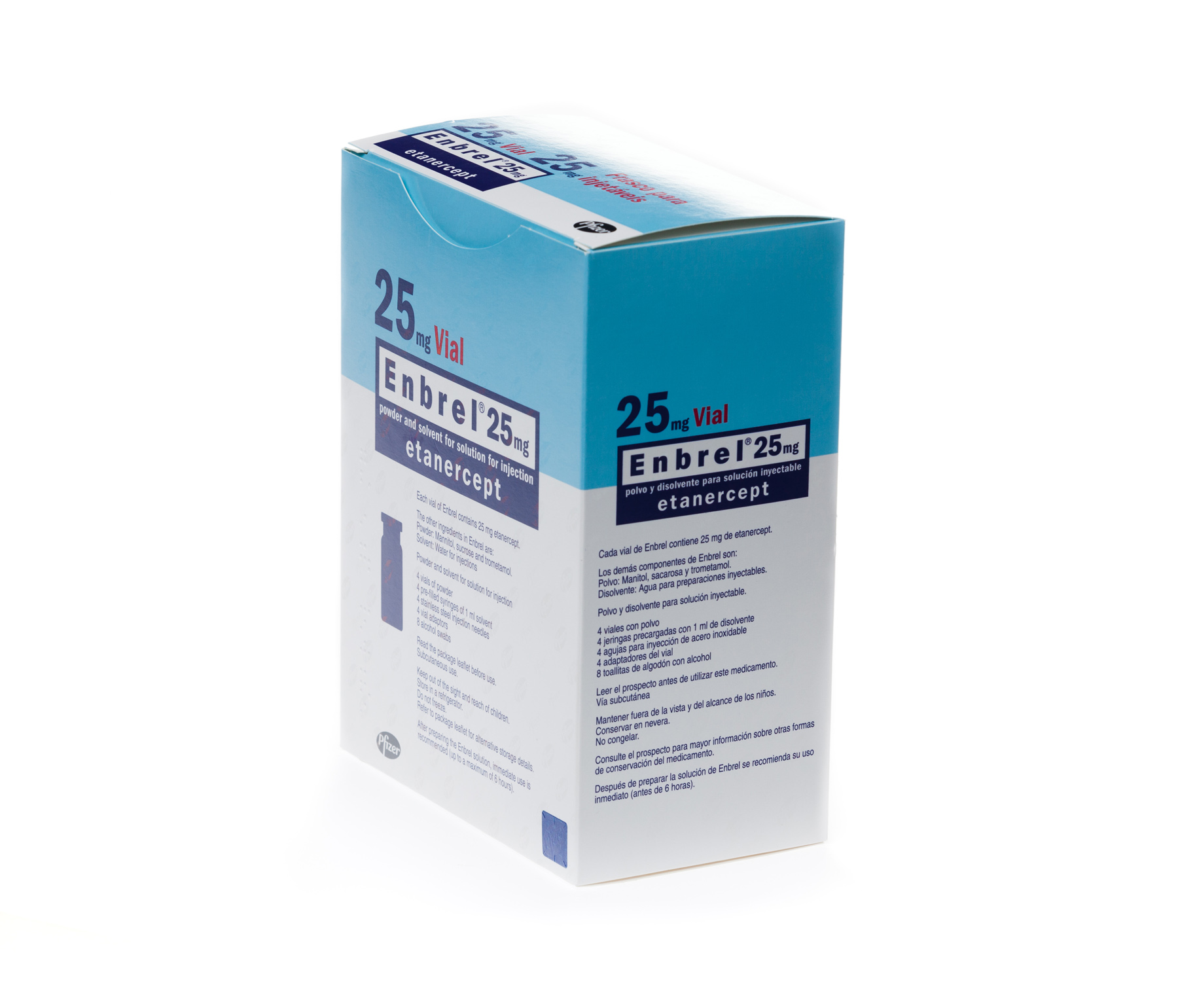
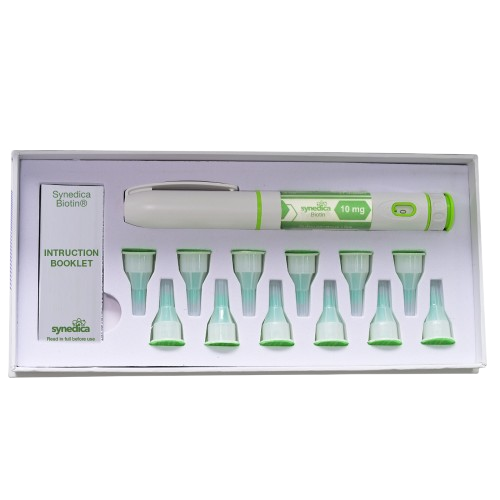
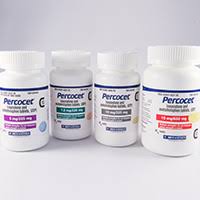

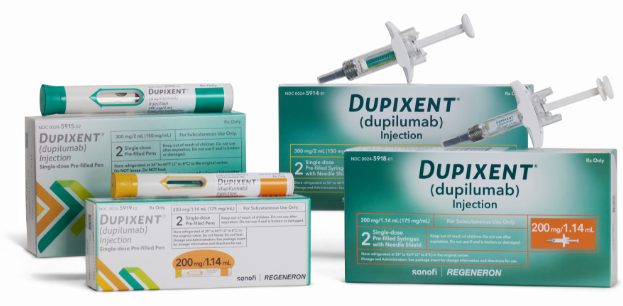
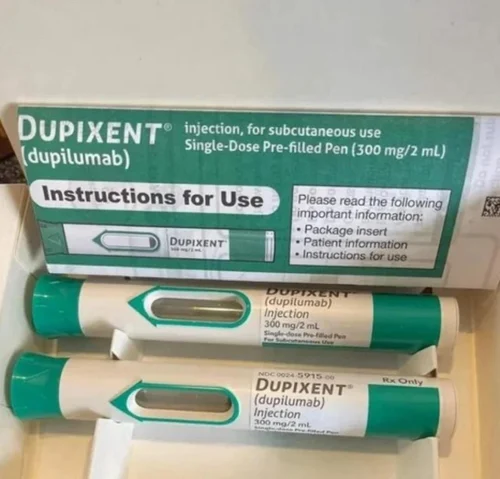
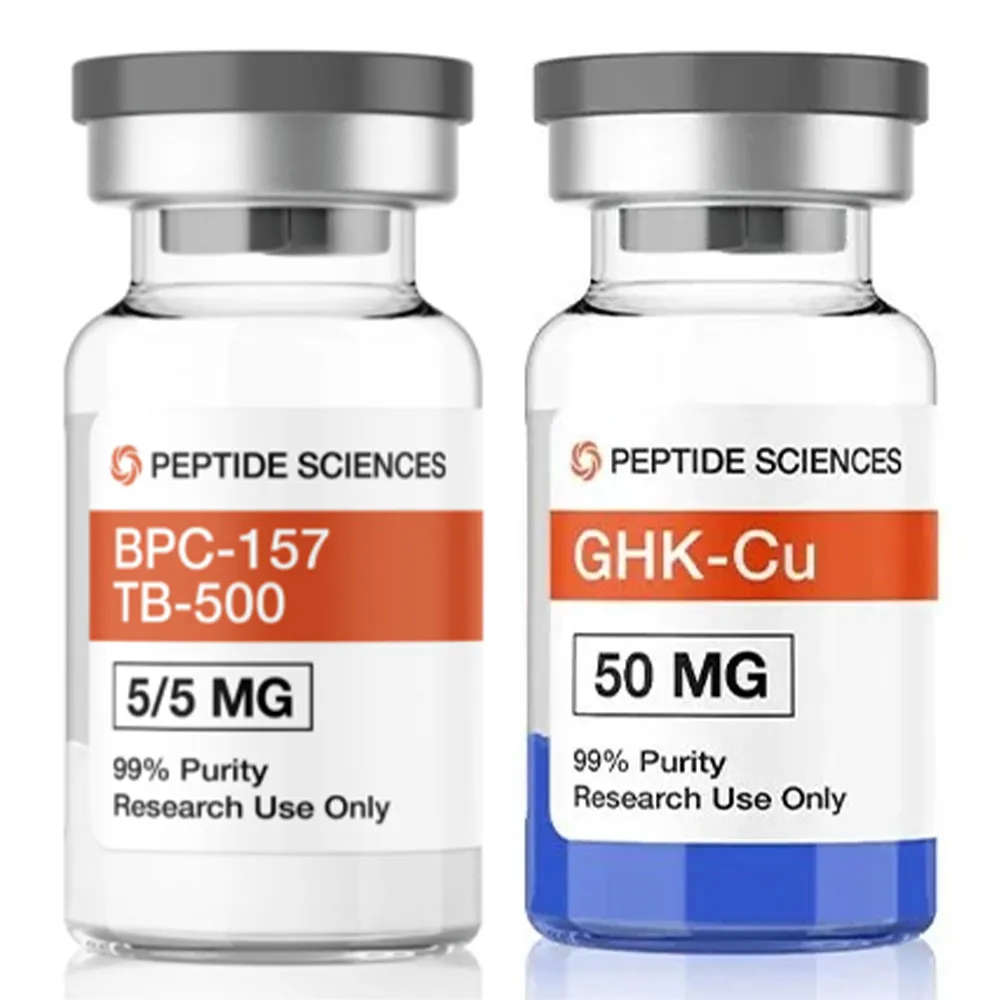
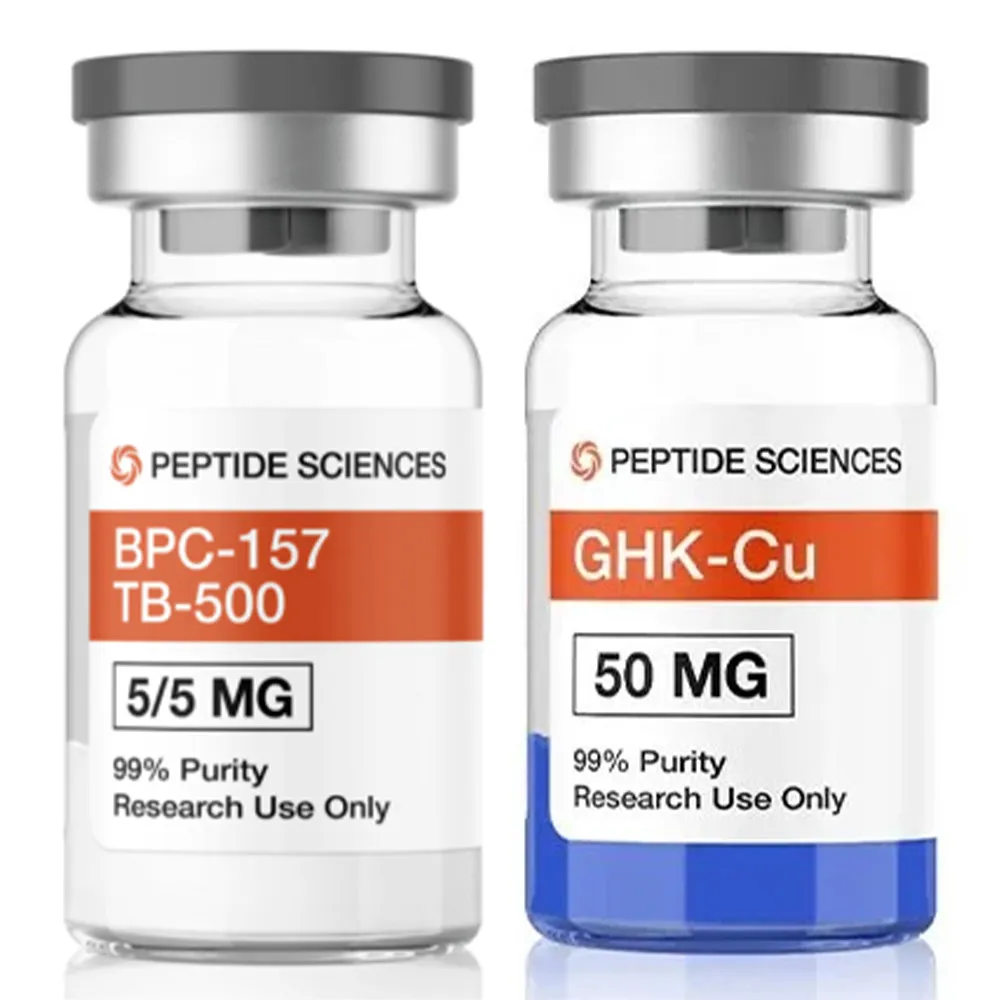
Reviews
There are no reviews yet.